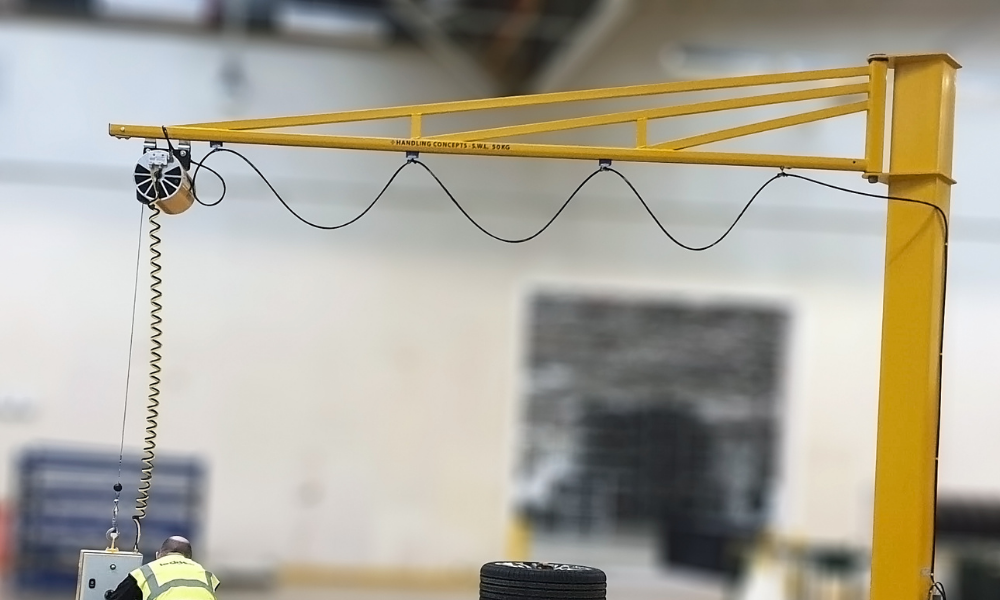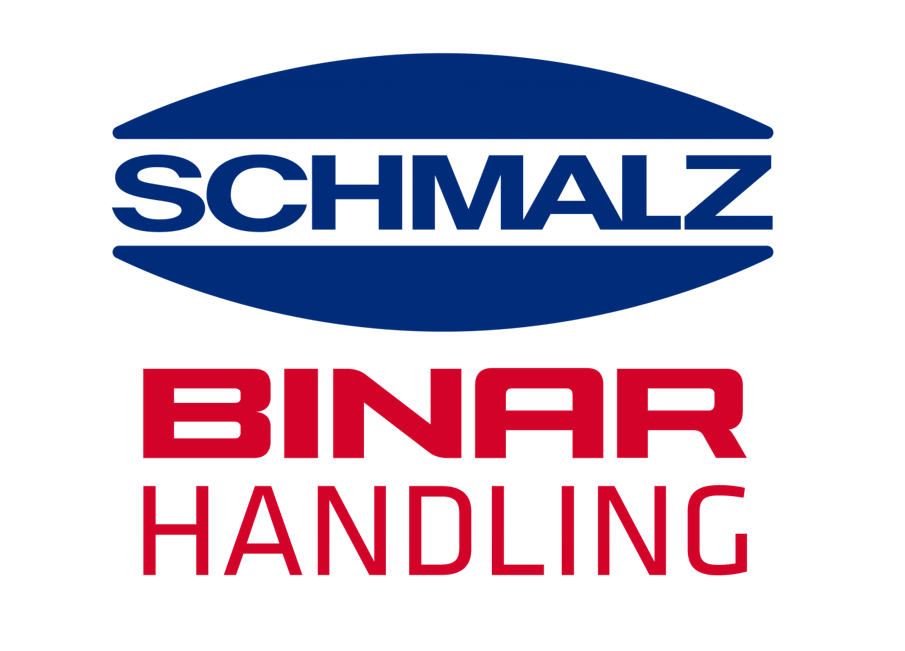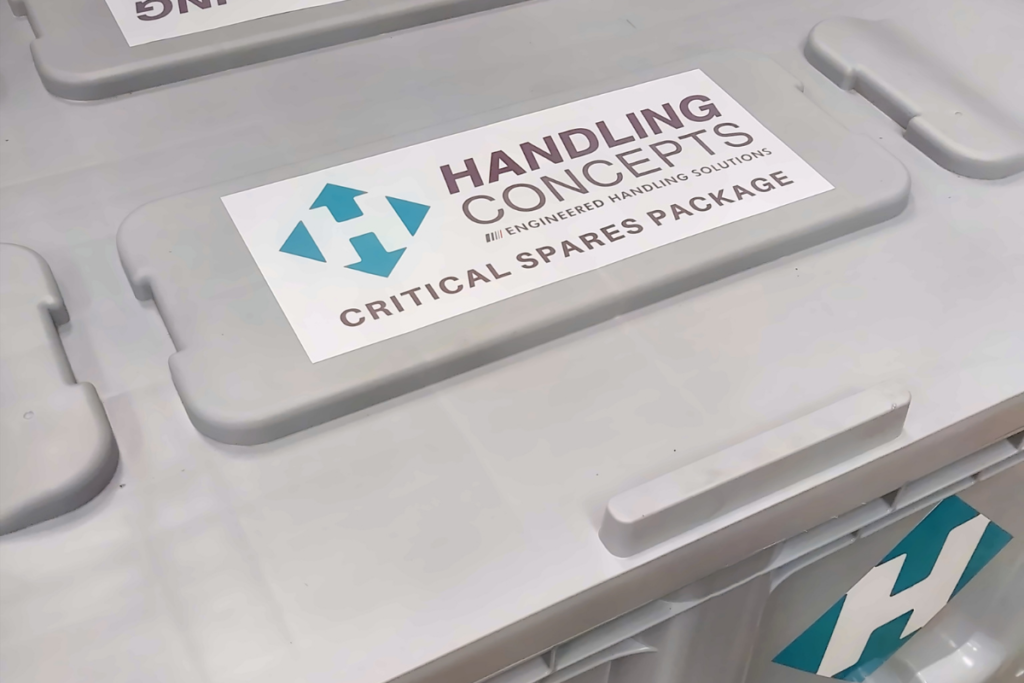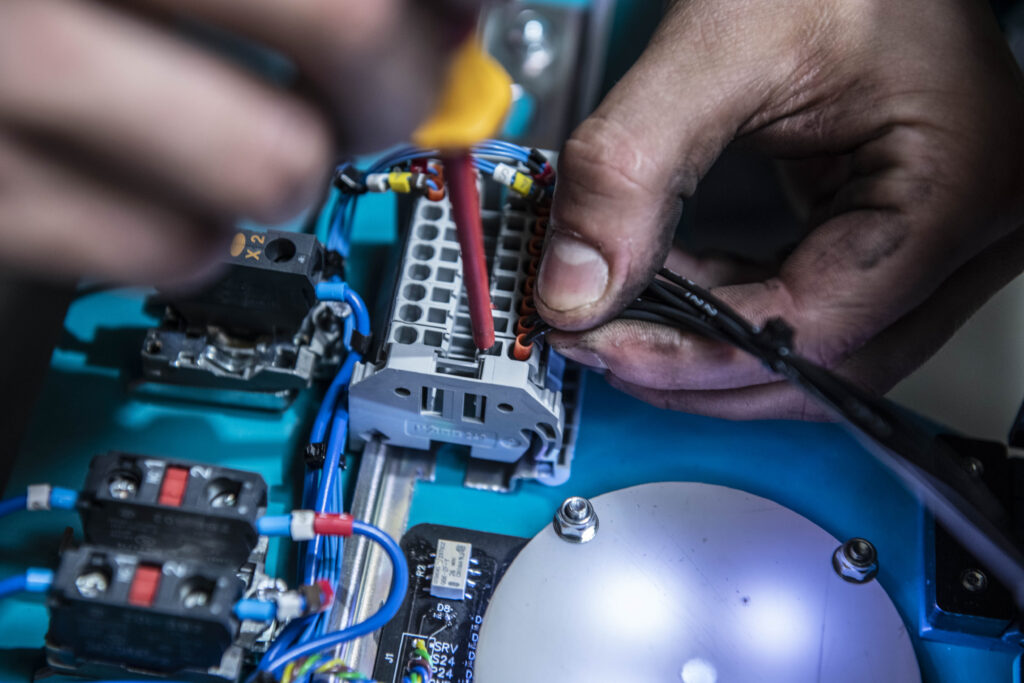How to Choose a Jib Crane

A jib crane is a piece of industrial handling equipment that is used for lifting and moving heavy objects. It can come in a variety of sizes and is typically used in factories or warehouses. When choosing a jib crane for your business, there are several factors to consider. In this blog, Handling Concepts outlines the most important factors to consider when selecting a jib crane.
What are the different types of Jib Crane?
When considering which jib crane is best for your operation, it is important to understand the precise nature of your application and the outcome you are seeking. Knowing what you are seeking to achieve will help you to establish the general purpose of the asset and the environment in which it will operate. This will inform how it should be mounted.
If your application involves supporting a single workstation in your facility, then a floor-mounted system is likely to be the best choice. But if floor space is an issue and if you are working around or alongside other material handling or production equipment, your supplier may recommend a wall-mounted jib crane instead.
There are many crane manufacturers nationally and internationally offering a wide range of Jib Cranes. For the purpose of this blog, Handling Concepts will look at the three types of Jib Crane it supplies most often to customers.
Floor-Mounted Jib Cranes
There are two key types of floor-mounted jib cranes, foundation-mounted and mast-style. Free Standing Jib Cranes offer a foundation-mounted system that can be installed almost anywhere. These high capacity, long span cranes offer great flexibility. They offer 360-degree rotation that enables you to cover a large circular area inside your facility. Often a 3-4m radius is used. Freestanding jibs are extremely adaptable to different applications. They have some of the highest weight capacities available, so if you have a cumbersome load, it could be a good fit.
One of the main drawbacks of a system that is tough and heavy duty is that you need to be prepared for a significant financial investment. Because of the mounting requirements, these jibs can be difficult to install, which can increase costs quickly.
Mast-style jib cranes are very similar, but the main difference is that a mast-style jib is bolted to the floor and the existing overhead support structure. This helps reduce the costs of the lifting solution, as there are fewer requirements needed for floor mounting. For example, less concrete is needed to support them. Typical mast-type cranes support 360-degree rotation and boom heights up to 6 metres, which makes them flexible and versatile. They also have capacity up to the high ends of 2 tons.
If you need flexibility of location, for example, need a jib crane for outdoor use, a free-standing jib crane is sound choice. But if costs are an important factor and you have the supporting overhead structure, a mast-style jib is the more cost-effective choice.
Wall-Mounted Jib Cranes
Wall-mounted jib cranes provide a 200-degree rotation for your coverage area and can handle up to 5 tons. They are ideal for crowded facilities with multiple lift systems. They require no floor space and can quickly fold out of the way when not in use, making them an excellent alternative to traditional frameworks that take up more room or require foundations such as concrete pillars.
There are two main types of wall-mounted jibs, cantilever, and tie rod supported. Cantilever wall-mounted cranes offer a greater amount of clearance—above and below the boom. Less direct force is applied to building columns, making them easy to install on practically any wall or column in your factory. The tie rod supported jib is an economical and efficient way to move heavy equipment. This system includes no support structure under the boom, so it can easily travel along all of its length. This system is reinforced using a wall bracket, along with the tie rod supported boom.
Factories that need a way to move large pieces of material around will find wall-mounted jib cranes are an excellent solution. Not only does it provide easy installation for individual workstations, but this type can also be used effectively in factories where space is limited.
Travelling Slewing Jib Cranes
If you are looking for a jib crane that can provide flexibility and precision, a travelling slewing jib crane may be a strong option.
Travelling slewing jib cranes are optimal for lifting loads in a space that other machines are not occupying. Mounting onto existing steelwork of an overhead crane enables them to keep the floor space free. They can operate at the same time and in the same space as the overhead crane.
Jib crane arms and gantry rails can have varying lengths, this means the travelling jib crane provides extended reach across the factory. With additional travel, this equipment can reach the far corners of the room, utilising the valuable space.
As the travelling slewing jib crane has no permanent structure that interferes with the operations of the overhead crane, it can transport components past existing equipment, freeing it to be used for other operations.
Choosing your Jib Crane Supplier
You can increase your production efficiency by relying on Handling Concepts’ 25 years of experience solving material handling problems across the United Kingdom and the globe. A wide range of jib cranes are available to you, all of which can be modified to your specific application.
You can access a team of skilled engineers who will work with you to create an innovative solution to your manual handling problem and recommend an outcome that integrates seamlessly into your workflow.
For advice, design, manufacture, installation, training, and long-term service support, contact us today to find out if a Handling Concepts’ jib cranes are the right material handling solution for you.





